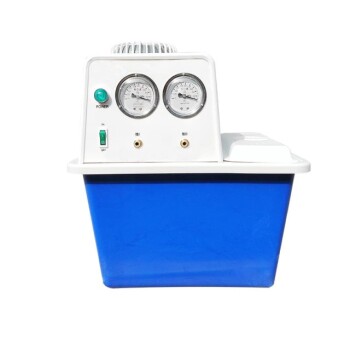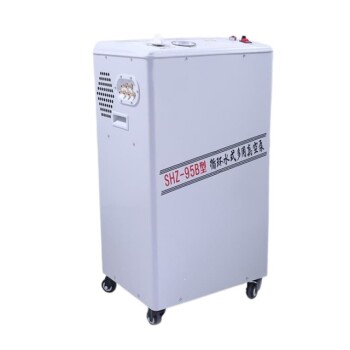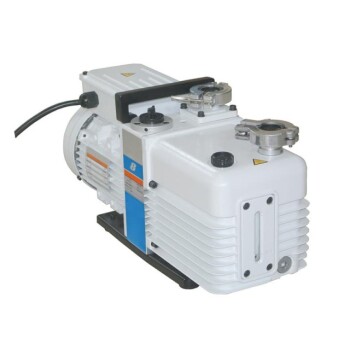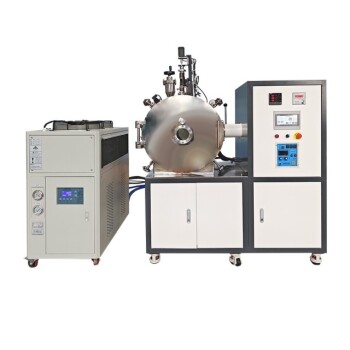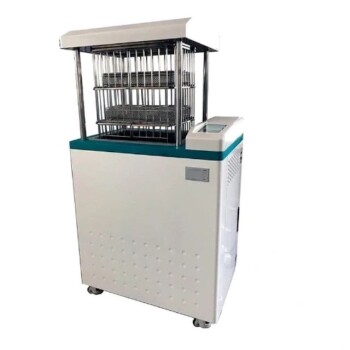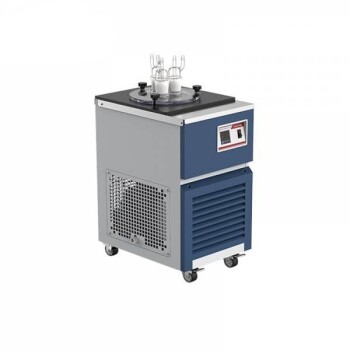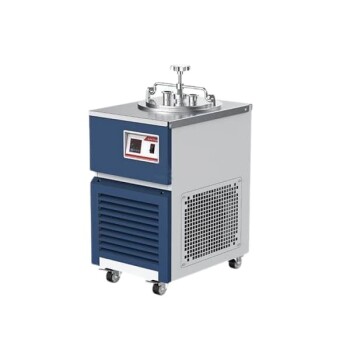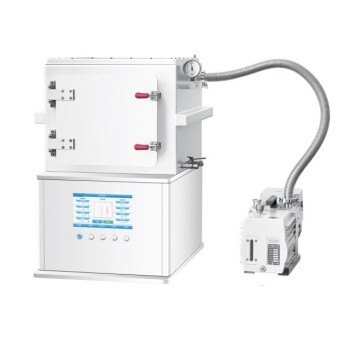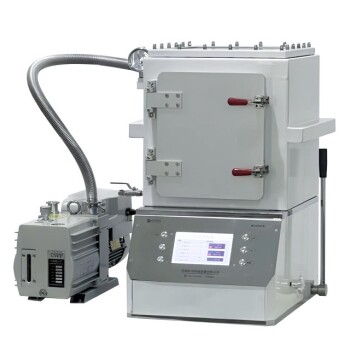A vacuum pump operates by removing gas molecules or air particles from a sealed volume, altering the internal pressure to create a partial or full vacuum. This process relies on the natural tendency of gas molecules to move from high-pressure areas to low-pressure areas to equalize pressure. Vacuum pumps use this principle to move gas molecules by changing pressure states, either mechanically or chemically. The pump does not "suck" gases but instead pushes molecules from one region to another. As pressure decreases in the chamber, removing additional molecules becomes more challenging, requiring the system to operate over a wide pressure range. The process is often automated, with systems like holding pumps and timed valve sequencing to maintain efficiency and prevent backstreaming of pump oils.
Key Points Explained:

-
Principle of Operation:
- Vacuum pumps work by altering pressure states to move gas molecules from a high-pressure area to a low-pressure area.
- Gas molecules naturally flow from high to low pressure to equalize the pressure, and vacuum pumps leverage this principle.
-
Mechanical vs. Chemical Processes:
- Vacuum pumps can operate through mechanical or chemical means.
- Mechanical pumps physically move gas molecules, while chemical pumps may use reactions to alter gas states.
-
Pressure Range:
- The efficiency of a vacuum pump depends on its ability to operate over a wide pressure range, typically from 1.3 to 13.3 mbar.
- As pressure decreases, removing additional molecules becomes more difficult, requiring advanced systems to maintain performance.
-
Automation and Interlocking:
- Modern vacuum pumping systems are often automated and interlocked for efficiency.
- Holding pumps and timed valve sequencing are used to maintain low pressure and prevent backstreaming of pump oils.
-
No "Sucking" Mechanism:
- Contrary to common perception, vacuum pumps do not "suck" gases.
- Instead, they push gas molecules from one region to another, creating a pressure differential that facilitates the movement of gases.
-
Applications and Importance:
- Vacuum pumps are critical in various industries, including manufacturing, scientific research, and electronics.
- They are used to create controlled environments, remove contaminants, and facilitate processes like chemical vapor deposition.
By understanding these key points, one can appreciate the intricate working process of vacuum pumps and their significance in various applications.
Summary Table:
| Key Aspect | Details |
|---|---|
| Principle of Operation | Moves gas molecules from high to low pressure to create a vacuum. |
| Mechanical vs. Chemical | Mechanical pumps physically move molecules; chemical pumps alter gas states. |
| Pressure Range | Operates from 1.3 to 13.3 mbar, with efficiency decreasing at lower pressure. |
| Automation | Uses holding pumps and timed valve sequencing for efficiency and prevention. |
| No 'Sucking' Mechanism | Pushes gas molecules instead of sucking, creating a pressure differential. |
| Applications | Used in manufacturing, research, and electronics for controlled environments. |
Need a vacuum pump for your application? Contact our experts today to find the perfect solution!
